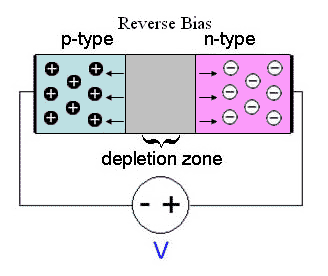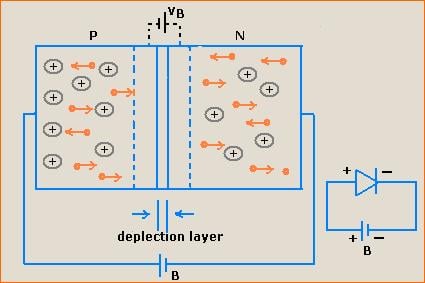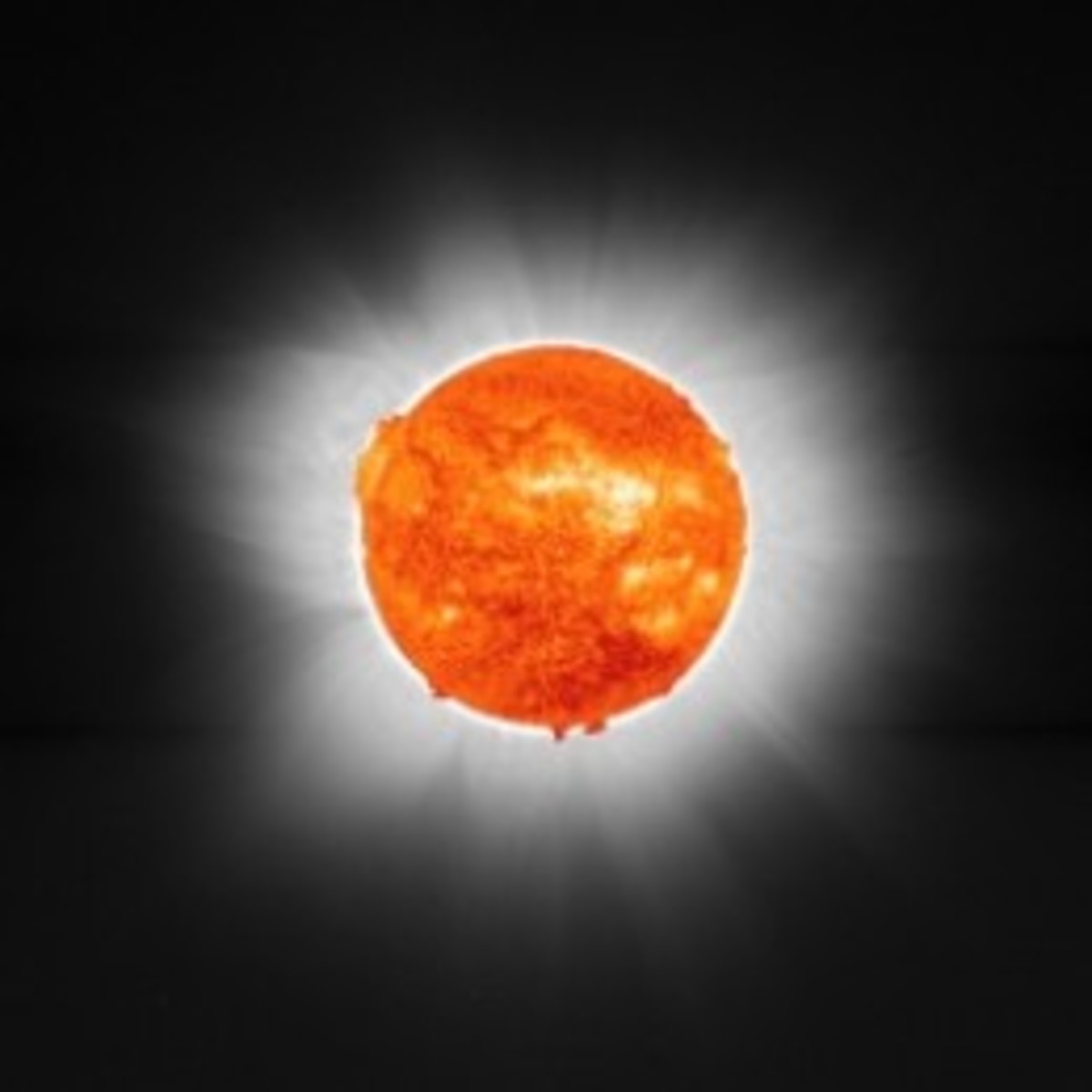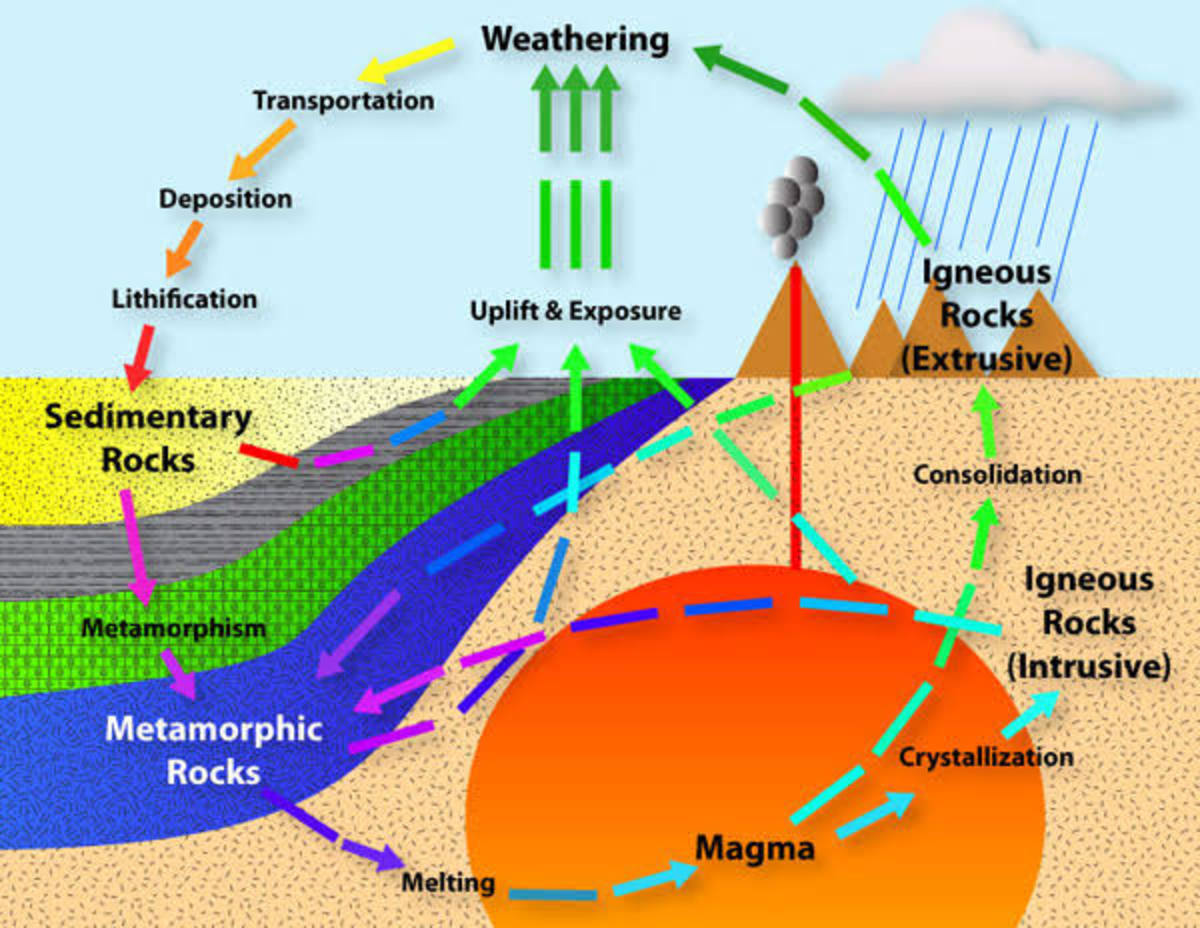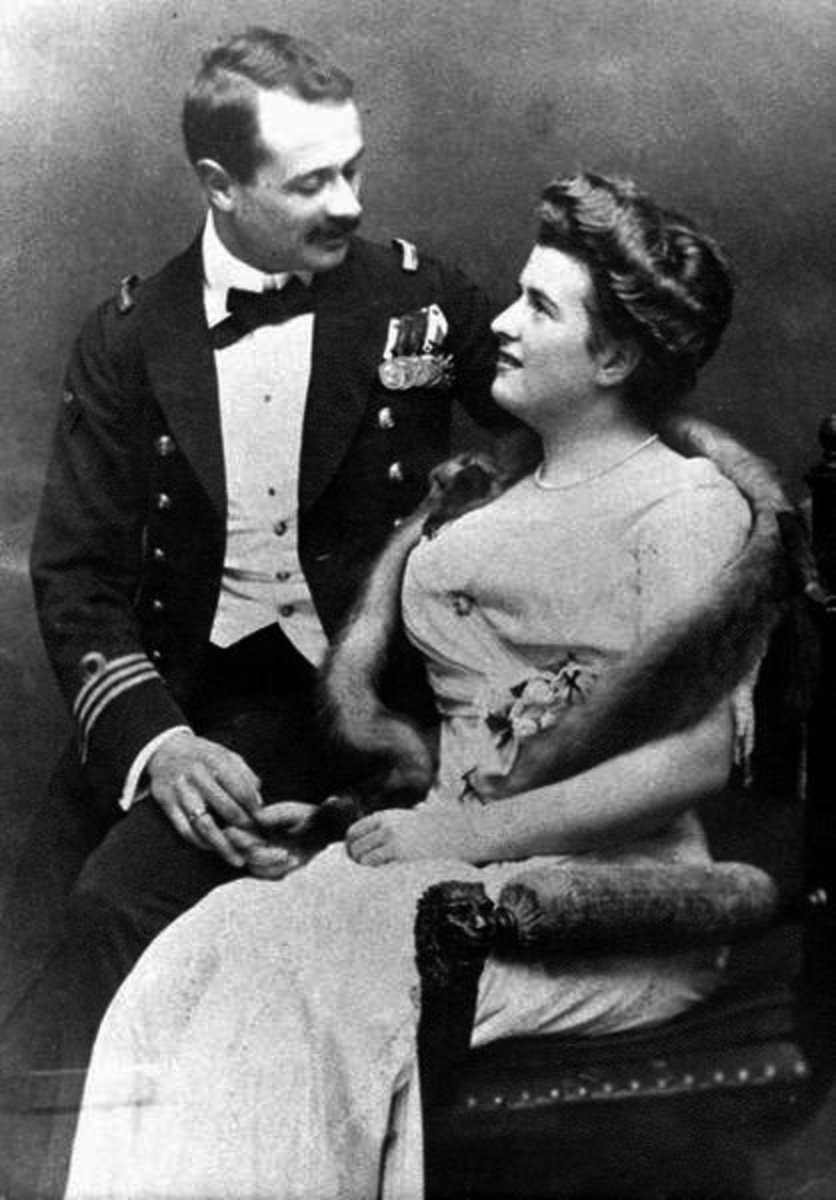Beginner's Semiconductor Science: The P-N Junction!
The Prologue:
This hub is meant to be for beginners who got the taste and passion for the subject yet are doubtful regarding the fundamental concepts.
First of all we shall consider the Solid State Physics which relates the semiconductor materials to their quite peculiar conductivity.
ENERGY BANDS IN SOLIDS:
When we step up into the practical world out of the elementary Chemistry books which teach us atoms as individual entities, we might find it hard to relate to the Energy Band thing at the first look.
For instance, in a solid, there are millions of atoms in close proximity. Unlike the isolated atoms, proximity of these atoms impart significant changes in the energy levels. Keeping in view Pauli's Exclusion principle, we can understand, that if there are suppose 200 such atoms in a solid material, ther will be 200 slightly different energy levels for each value of Principal Quantum number, superimposed on one-another. Consequently we get a band of energy in a solid.
Between two energy bands, there is a so called Forbidden Zone where Probability of finding electron is the least.
VALENCE AND CONDUCTION BAND:
The electrons in the outermost shell of an atom are called Valence Electrons. The energy band occupied by the valence electrons is called the Valence Band. As of occupancy, it is either partially or fully filled.
The electrons which by gaining a certain amount of energy, can participate in conduction of electric current are called Conduction Electrons, and the corresponding band formed is thus known as the Conduction Band.
Well Semiconductor Science as the name suggests, it concerns the study and use of Semiconductors. Well as many of us already know that Semiconductors are materials having conductivity lying in between Conductors and Insulators i.e conductivity roughly in the range of 103to 10−8Siemens/ cm.
But the next question is, if metals are more conductive then semiconductors..then why at all we need Semiconductors?
Well, that's cause, metals will conduct and insulators won't and we can hardly modify their characteristic behavior. Semiconductors on the other hand when properly doped and junctioned, can make sophisticated equipments, which can be current or voltage controlled.
Semiconductors can be of two types:
1) Intrinsic: Pure Semiconductor materials
2) Extrinsic: Intrinsic Semiconductors doped with an impurity (maybe trivalent or pentavalent)
When an extrinsic semiconductor is made with a trivalent dopant, the semiconductor is known as p-type, as in this case holes are the majority carriers.
When a pentavalent dopant is used, we get a n-type semiconductor as electrons are the majority carriers.
Band Energy Theory and Fermi Dirac Distributions show that Semiconductors are perfect Insulators at 0 K. But the conduct at room temperature as the valence band and Conduction band are separated by a very short Forbidden Zone. So the Electrons upon gaining energy can jump from Valence band to conduction band. But there's another phenomenon that happens simultaneously. As electrons leave their original spot, they leave behind a positive hole at the former position. A nearby electron might fulfill the vacancy and leave a hole at its own former position. This results into movement of Holes in valence band which gives rise to hole current.
One thing to note is that only electrons flow in the external circuit under influence of an electric field in a direction opposite to that of the field.
Holes conduct only in the valence band.
The P-N Junction:
It is possible to develop a single piece of semiconductor material, one half of which is a p-type material and other half a n-type material.
There are various processes for doing so (Diode Fabrication):
Some of these are:
1. Grown Junction
2. Alloy Junction
3. Diffused Junction
4. Epitaxial Growth
5. Point Contact Junction.
(Details will be added later!!!!!!)
Formation of Depletion Layer:
Now that a P-N Junction has been formed by some process, we might consider what we just noted, that electrons are the majority carriers in n-type region while holes are the majority carriers in the p-type region.
And as an ideal situation, we can consider that everything is still the same at the beginning. But then we know about diffusion. So this difference in densities of Mobile Charge carriers would cause diffusion of electrons from n-type region to p-type region leaving behind a positively charged immobile ion. Same happens in case of holes.
Electrons and holes terminate their existence by recombination. But as this diffusion process goes on, a narrow region of immobile ions depleted of free carriers is formed which is known as the Depletion Layer.
Now this depletion layer as we might imagine is like parallel plates having opposite charges, so they inhibit further movement of mobile carriers by exerting a barrier potential.
As just described, because of the charge separation, an electric potential Vb,is established. At room Temp. of 300 K, it amounts to about 0.3 V for Germanium & 0.7 V for Silicon.
Now we know what’s a Semiconductor material is and how we get a P-N junction. So here the next significant question arises,
HOW THE HELL THIS P-N JUNCTION IS USEFUL TO ME ANYWAY???
Well have you got an electronic rechargeable emergency torch at home? Well many people in my country (India J) do have. So I know. Well dissect it if lucky you might encounter a Bridge Rectifier (A rectifier having 4 interconnected P-N Junction Diodes). And if you are a real geek you might even find these small usually cylindrical black stuff in many electronic circuits. Apart from these coupled P-N junctions (Talking about the Ebers-Moll Model) are used in Transistors also.
Well now going back to more of Theory, a careful inspection of behavior of these junctions under an applied electric field is needed to understand how it works.
P-N Junction under forward bias:
When the p-side is connected to positive terminal of a D.C Power Source and the n-side to the negative terminal, we’ve a Forward biased P-N junction.
Now imagine what would happen under such condition…Once the Potential barrier is overcome by the applied potential, the positive terminal will attract electrons from the n-side and the negative terminal will attract holes. As a consequence the depletion layer width shall decrease under forward bias, and the p-n junction (or diode) will conduct with very low resistance.
P-N Junction under Reverse Bias:
When P-side is connected to the negative terminal and n-side to positive terminal, positive terminal will attract electrons while negative terminals attracts holes. so no current should flow! But we must not forget that there are minority carriers too. In these reverse biased conditions, minority carriers constitute a leakage current. A very little current flows. So reverse bias resistance is very high.
Now we can say that diode is a unilateral device, conducts current in only one direction.
Talking about the leakage current, and also considering minority carriers due to thermal energy, technically this current is known as Reverse Saturation Current.
There are several kind of Diodes:
Rectifier diode.
Zener Diode: Mostly used as in Voltage regulators and reference voltages. These are used in Reverse bias and connected suitably, can maintain a fixed voltage (Zener Voltage).
LED or Light Emitting Diode: These are everywhere replacing even CFLs. Available in throughout the Infrared to Ultraviolet spectrum. Forward biase, these illuminate and typical current consuption is a few mA, so are highly efficient. These are internally polished and mirrored to provide good brightness.
LASER Diode: These are highly portable LASER or coherent and intense light beam producers, cost about 10 to 20 times more than the ordinary diode costing a 2-3 INRs. But these are efficient and much cheaper than other LASER sources, and used in CD/DVD Readers.
Photodiode: These are a bit costly and are used as light sensors. When light falls on the semiconductor, used in reverse bias, current flows, which is easily detectable.
Schottkey diode: These diodes have a pure semiconductor inbetween p and the n part, and haave higher response rates than ordinary diodes.
Tunnel Diode: Although not widely used today, the tunnel diode was used for microwave applications where its performance exceeded that of other devices of the day.
PIN Diode: This type of diode has a lower forward voltage drop than ordinary silicon PN junction diodes.
